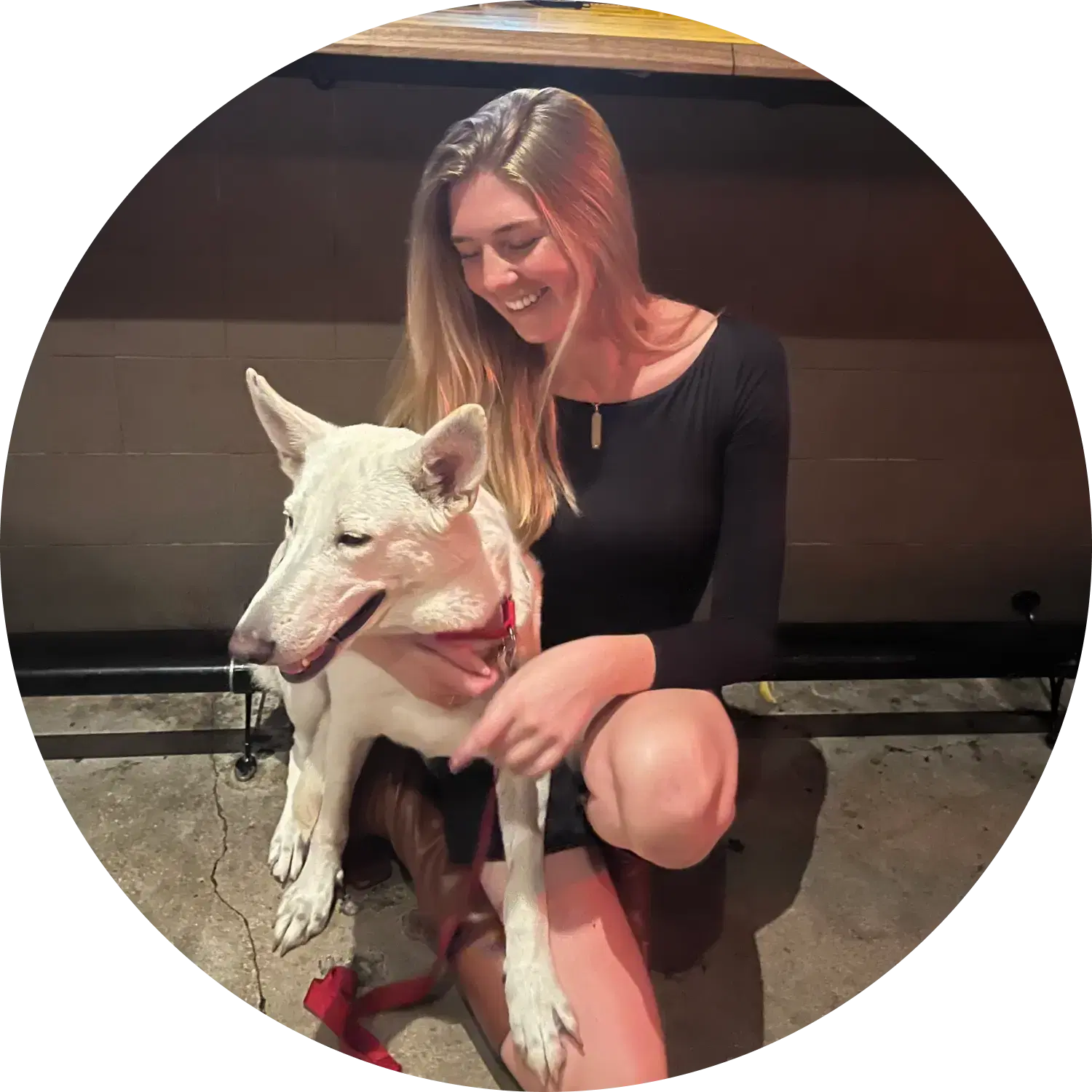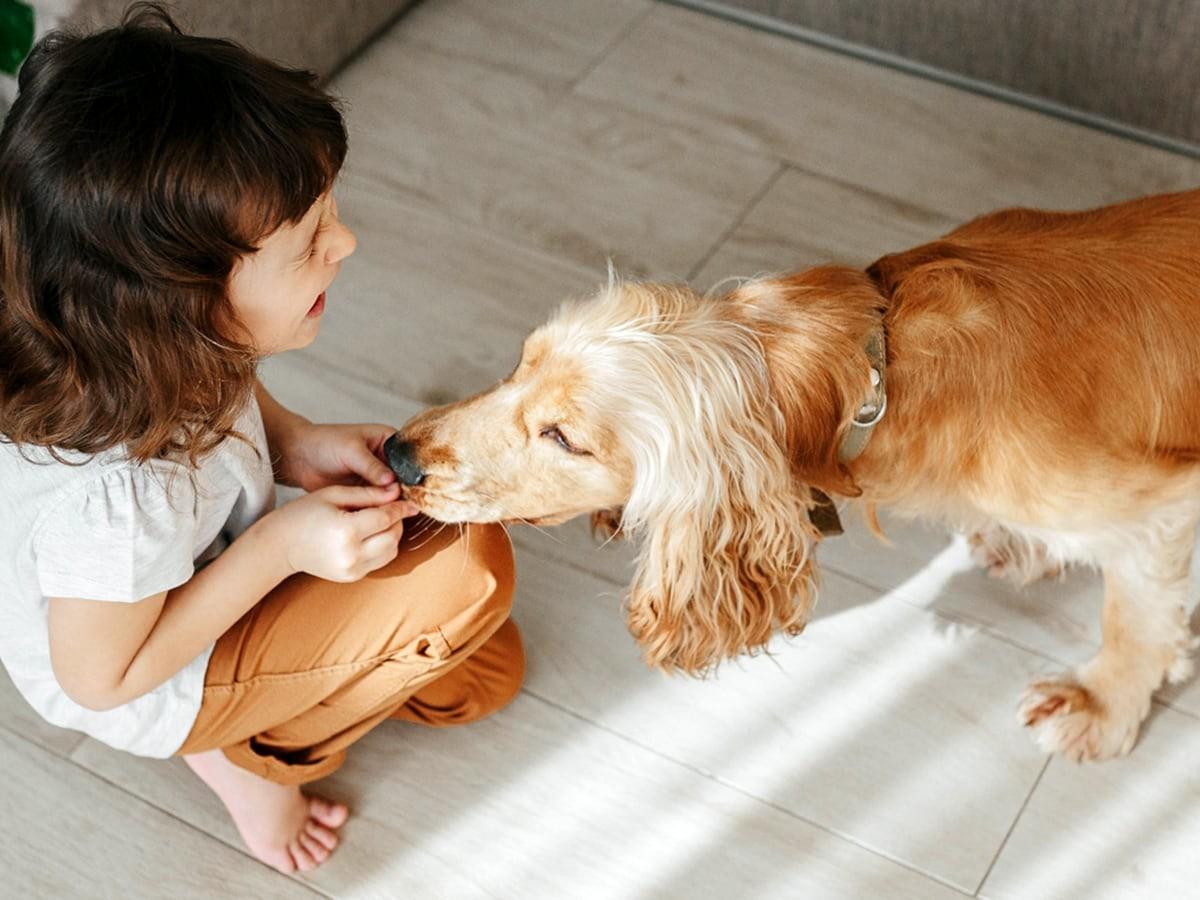Although your dog is probably happy with its kibble or wet food each day, they’d probably never say no to an exciting treat! You might even have a pup who follows you around in the kitchen and gives you those big, sweet eyes when they see you cooking or smell something delicious.
One of the things that they may eye closely is fruit. Is fruit safe for your dog? Particularly, can dogs have guava? The answer here, luckily, is yes! Guava is perfectly safe for dogs to have in moderation.
Benefits of Guava for Dogs
Guava fruit is full of vitamins and minerals best consumed in their natural form. When healthy compounds are present in foods, eating them in their natural state means they’re the most bioavailable. This is what you want when you hope to give your dog the benefits of a nutrient-rich treat.
Guava is an excellent choice for supplementing your dog’s diet or for use as a treat because it has a whole host of vitamins and minerals. Those include the nutrients on the following list, but that list isn’t exhaustive! All natural foods have plenty of compounds that aren’t replicable in supplement form, so eating fresh fruit is the best way to consume them.
Vitamin A
Vitamin C
Vitamin K
Vitamin B
Calcium
Potassium
Phosphorus
Magnesium
All these nutrients boost your dog’s immune system, which is helpful if they’re feeling under the weather or if they’ve eaten something else that didn’t agree with them. Like many other tropical fruits, guava is also full of antioxidants. This helps your dog’s body process out environmental toxins so that they don’t develop adverse conditions later on in life. Finally, guava is full of dietary fiber, which helps the digestive system move along smoothly.
How to Feed Guava to Your Dog
Guava should always have the rind and seeds removed before you offer it to your furry friend. Additionally, remember that although guava contains natural sugar, an excess amount in a single sitting or within a day could cause digestive upset. Furthermore, a dog that eats too much fruit could gain excessive weight or develop diabetes.
How Much Is Too Much?
Most veterinarians agree that following the 90/10 rule is best. This means that 90 percent of your dog’s nutrition and sustenance should come from their wet or dry food, whether that’s once, twice, or three times a day. The other 10 percent can be supplemental protein, fruit, veggies, grains, and treats. Keeping to this ratio helps ensure that your dog is not only healthy but that all its systems thrive.
Did you know that guava comes in many forms? These include:
White guava
Red guava
Pineapple guava
Apple guava
Thai guava
All of these are just fine to share with your pet! However, if you ever find guava paste, steer clear of that. Guava paste contains excessive sugar and isn’t good for a canine’s system. Too much guava could also cause diarrhea because of the dietary fiber. So just start small and watch your pup.
When feeding your dog guava, cut the fruit into pieces appropriate for your dog’s size. A larger breed, such as a German Shepherd, might only need the guava quartered before they can chow down on a piece. However, a Yorkie will need smaller bite-sized pieces so they don’t choke.
Alright, guava is safe. Whew! However, you may have heard other people or “experts” saying that dogs shouldn’t be given table food. Is it even okay to give your dog human food? In many cases, yes. There are just some considerations to weigh before deciding to offer them what you are eating.
Other Fruits That Are Safe To Eat for Your Dog
If your dog tends to turn up its nose at a treat that’s been offered many times before, or if you simply want to add variety to their diet, you can try these fruits as well:
Remember that grapes and raisins are never fruits you should feed your dog. These have particular enzymes in them that are toxic to dogs—avoid grapes and raisins around your dog like you avoid chocolate! We have compiled a big list of all the fruits your dogs should eat here.
What Types of Food to Offer Your Dog
Dogs are omnivores in the wild. They mostly eat meat, but they eat some grains, fruits, and vegetables, too. Heck, they’ll eat anything that’s within their reach! So, it stands to reason that they would be able to eat some of the same things you do.
However, processed human food can wreak havoc on a dog’s digestive system. These foods are filled with salt, refined sugar, and preservatives, none of which are good for canines. Some foods also contain spices that could pose a dangerous risk, such as garlic and onions. All that to say, when adding fruit or other foods to your dog’s chow or giving them as treats, leave them as close to their natural state as possible. Dogs can eat sweet potatoes and many other vegetables instead.
How to Share Food with Your Dog
Dogs are pack animals. This means they do almost everything with other members of their “family.” As a domesticated dog, that family is you! So, when offering your dog food, it’s best to stay near them. This provides an opportunity to teach them good manners (i.e., waiting to be told “go ahead,” not trying to eat another dog’s food, and not pulling anything extra off the counters or out of the fridge). It also gives them a sense of closeness and connection which are crucial to a loyal, loving relationship with your pup.
When you’re ready to offer fruit as a treat for your pooch, they should be sitting and waiting. A dog in a calm state has relaxed ears, isn’t drooling, and is patient instead of fixated. This practice of getting into a calm state before being given food ensures that they know you are in control and that they shouldn’t push boundaries to expect more (which could cause aggression).
Give them treats and food only when they’re in an area that you have deemed to be okay. For example, if you don’t want them underfoot at the stove or begging at the dining room table, don’t ever give them food there! If you do, your dog will associate being in that spot with something positive. Instead, give them the command to go to wherever the boundary is (e.g., in the laundry room, mudroom, or into the living room), and then when they’re calm and waiting, toss them their treat.
When offering food to Fido, it’s important to offer small pieces at first and watch them closely. Dogs can have allergies and food intolerances, just like people! If they are irritable, itchy, or seem like their stomach is off, those are signs that guava might not be the best food for them. Offer plenty of water and an easily accessible place to urinate and defecate. Check with your vet for the signs and symptoms that indicate the need for a visit when offering new foods.
Conclusion
You love your dog so much! They’re your best friend and your loyal companion. You want to do everything you can to ensure they have a healthy, thriving life. Offering them guava as an addition to their regular food or as an occasional treat is a great way to get some extra nutrients in them and add some variety to their daily kibble routine. You can feel good about giving your dog guava fruit—just remember to watch them closely and keep most of their food intake their regular food.

The resident animal enthusiast at Spot. I have a lifetime of pet parent experience. If it has fur, feathers, or scales, I’ve probably shared my home with it. I aim to be a reliable source, blending experience with a dedication to the well-being of pets.
Cosgrove, Nicole. "Can Dogs Eat Guava?" Dogster, 20 Oct. 2025, https://www.dogster.com/dog-nutrition/can-dogs-eat-guava.
"Can Dogs Eat Guava?" MasterClass, 19 Apr. 2022, https://www.masterclass.com/articles/can-dogs-eat-guava.
AKC Staff. "Fruits and Vegetables Dogs Can or Can't Eat." American Kennel Club, 15 Oct. 2025, https://www.akc.org/expert-advice/nutrition/fruits-vegetables-dogs-can-and-cant-eat/.
The information presented in this article is for educational and informational purposes only and does not constitute or substitute for the advice of your veterinarian.












